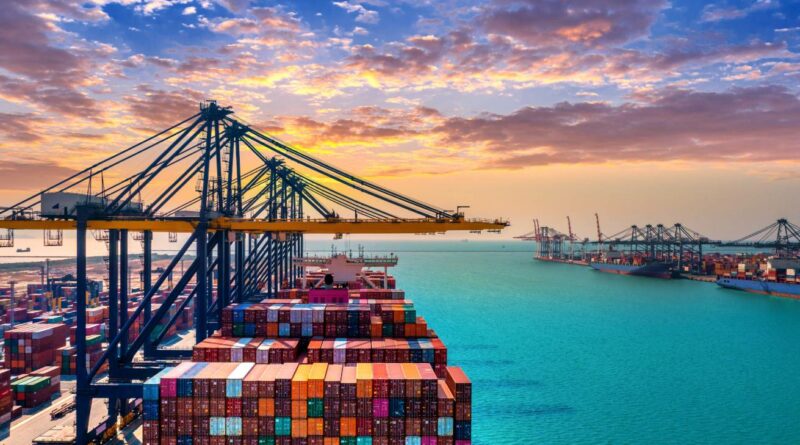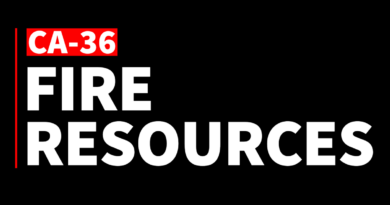Experts React: Energy and Trade Implications of Tariffs on Chinese Imports
The White House announced increased tariffs on Chinese imports “across strategic sectors such as steel and aluminum, semiconductors, electric vehicles, batteries, critical minerals, solar cells, ship-to-shore cranes, and medical products,” on May 14. Many sectors of which are key to the Biden Administration’s plans to reshore manufacturing in an effort to increase supply chain resilience and improve the political economy of the clean energy transition.
The Center for Strategies & International Studies (CSIS) had their scholars sit down and discuss the new tariffs and the sectors they apply.
According to CSIS’ Director of Energy Security and Climate Change Program Joseph Majkut, in response to the question, “With New Tariffs, Are Costs and Climate Policy at Odds?” responds, The falling costs of clean energy have been crucial in accelerating the energy transition. Rapid reductions in the prices of solar panels, wind turbines, battery storage, and electric vehicles (EVs) have enabled consumers and businesses to adopt cleaner options at lower costs. These falling costs have put the goals of the Paris Agreement in range.
Much of these cost reductions have come from China, where industrial policies have led to a dominant position in the clean energy supply chain. That supply chain is now targeted by the Biden administration’s new tariffs, which are supposed to correct for unfair Chinese practices and support a domestic (or “friend-shored”) supply chain. But they will also raise costs, creating a potential conflict between the strategic goals of bolstering domestic industries and rapid decarbonization that worries economists and environmentalists. How real is that conflict?
In previous research, CSIS colleagues showed that more restrictive trade policies can delay the competitiveness of low-carbon technologies against their market rivals: one year for solar compared to natural gas, two years for battery EVs compared to internal combustion engine vehicles, and three years for onshore wind compared to gas. In these scenarios, rising trade frictions didn’t overcome the still-falling costs of clean energy. While the Biden administration’s new tariffs are higher than previously modeled (especially for EVs), the Inflation Reduction Act (IRA) and Infrastructure Investment and Jobs Act (IIJA) are also giving a tailwind to clean technology and additional support for domestic content. Offsetting costs with subsidies is a kludge that will transfer costs elsewhere (via retaliation or debt) more than it prevents energy transition in the United States.





